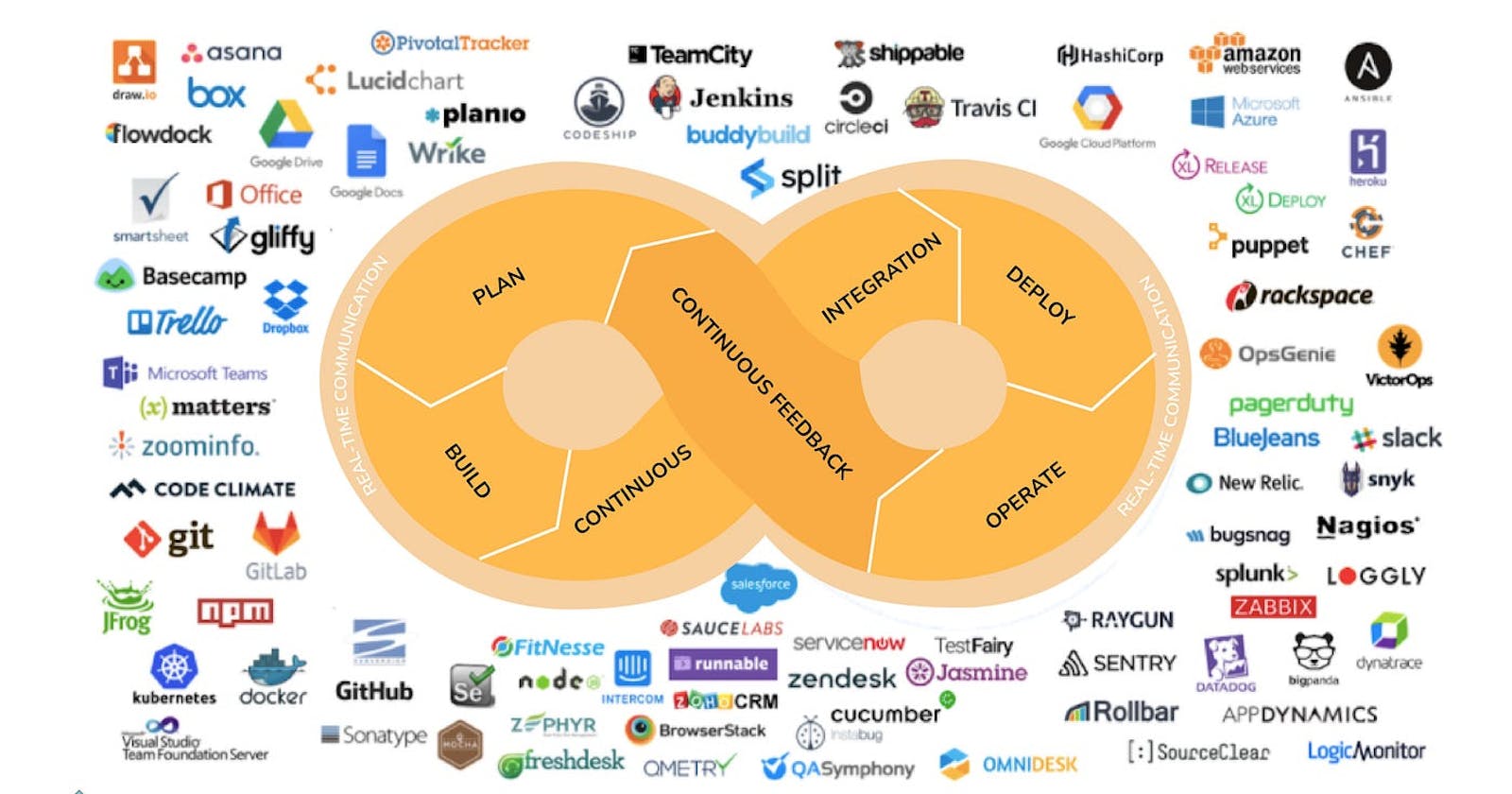Modern technologies for full-stack development can vary depending on the specific requirements of the project, the team's expertise, scalability needs, and other factors. However, here's a list of commonly used technologies in modern full-stack development:
Frontend:
HTML5/CSS3: Basic building blocks for web development.
JavaScript (ES6+): Core language for frontend development.
React.js / Angular / Vue.js: Popular frontend frameworks for building dynamic user interfaces.
TypeScript: A superset of JavaScript that adds static typing and other features.
Webpack / Parcel: Module bundlers to manage assets and dependencies.
Bootstrap / Material-UI / Tailwind CSS: CSS frameworks for styling.
Backend:
Node.js: A JavaScript runtime environment for server-side development.
Express.js / Koa.js: Lightweight web frameworks for Node.js.
Django / Flask (Python): Python web frameworks for rapid development.
Ruby on Rails: A full-stack web application framework for Ruby.
Spring Boot (Java): A framework for building Java-based web applications.
Database:
MySQL / PostgreSQL / MariaDB: Relational database management systems.
MongoDB / CouchDB: NoSQL databases for flexible, scalable data storage.
SQLite: Lightweight relational database often used for local development or small-scale applications.
Firebase Realtime Database / Firestore: Cloud-hosted NoSQL databases by Google.
APIs:
RESTful APIs: Architectural style for designing networked applications.
GraphQL: A query language for APIs, offering a more efficient and flexible alternative to REST.
JSON Web Tokens (JWT): For secure authentication and authorization.
OAuth: Protocol for authorization between web applications.
DevOps/Deployment:
Docker / Kubernetes: Containerization and orchestration tools for deploying and managing applications.
Jenkins / CircleCI / Travis CI: Continuous integration and continuous deployment (CI/CD) tools.
AWS / Google Cloud Platform / Microsoft Azure: Cloud platforms for hosting, storage, and other services.
Heroku / Netlify / Vercel: Platforms as a service (PaaS) for deploying web applications easily.
Others:
Remember that the choice of technology stack should be based on factors like project requirements, team expertise, scalability needs, and community support. Additionally, technology stacks evolve rapidly, so it's essential to stay updated with the latest trends and best practices in the industry.
